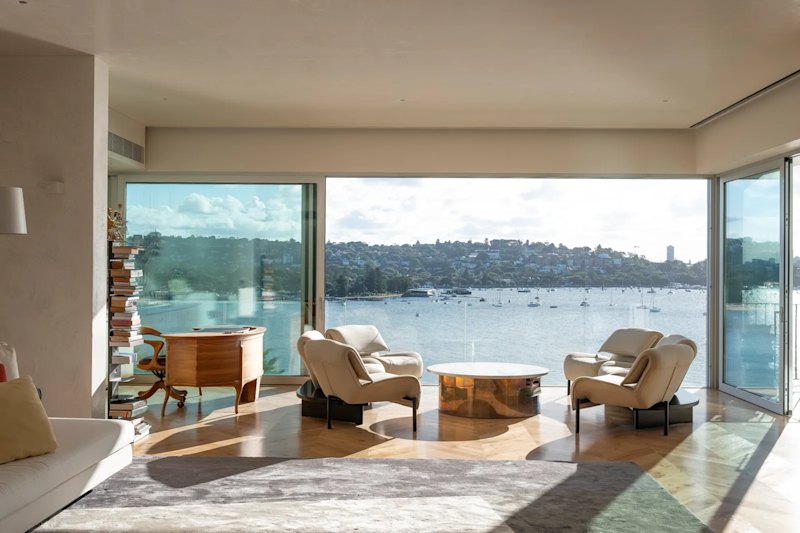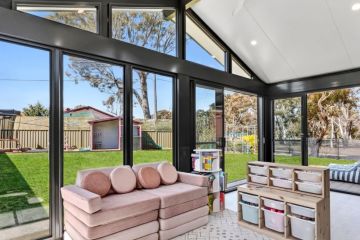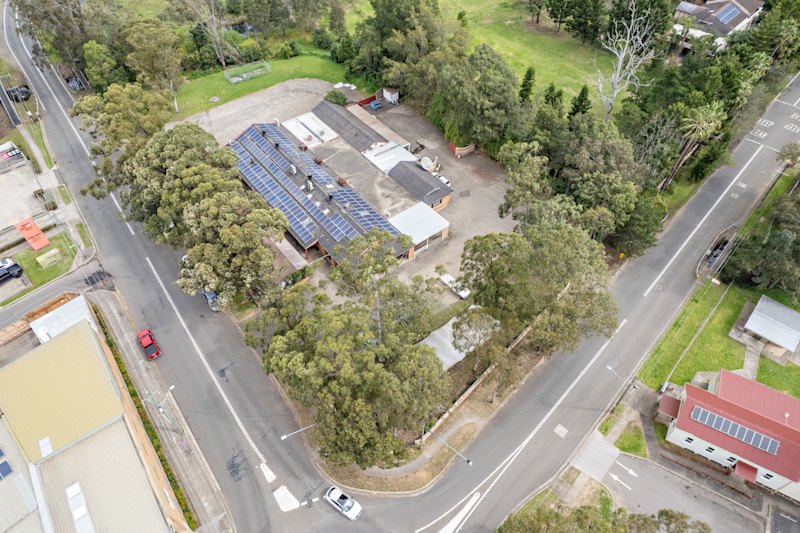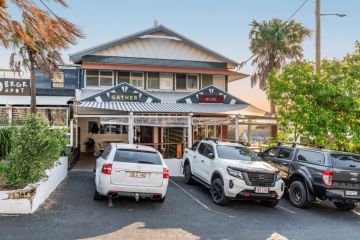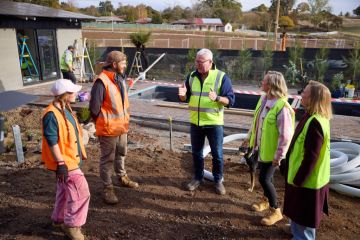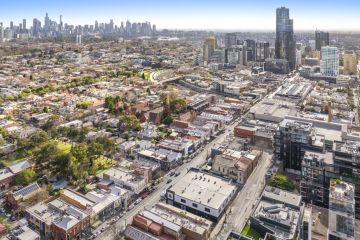Housing affordability slightly worsens over the December quarter: REIA report
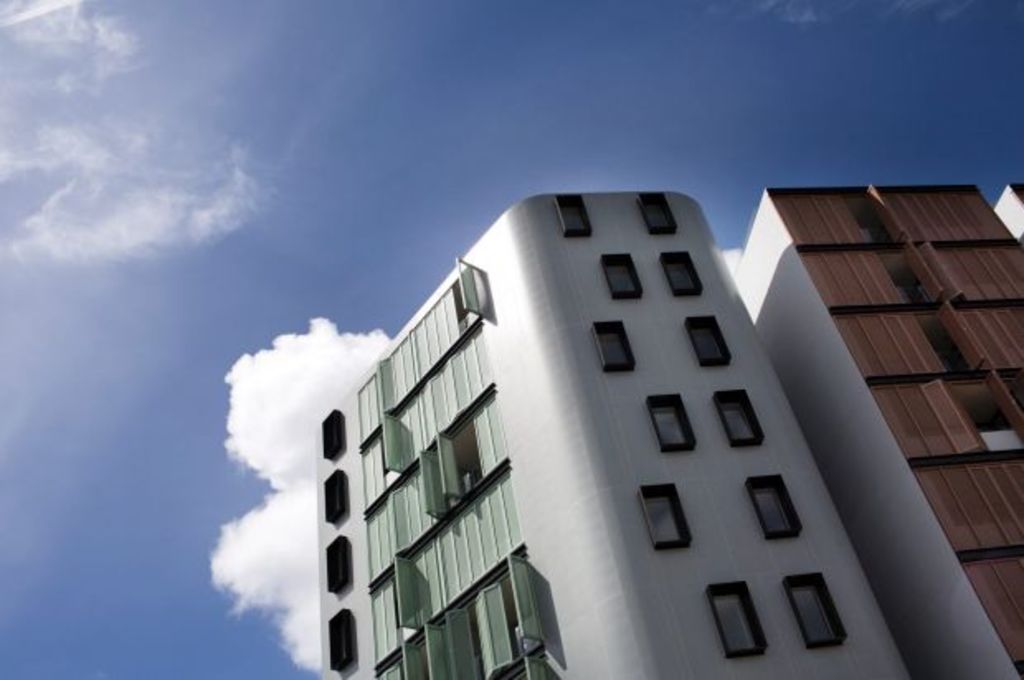
While a range of measures may have sparked a recent surge in first-home buyers getting a foot in the door, repaying a mortgage is as unaffordable as ever.
Housing affordability worsened slightly across the country over the December quarter, according to the latest Adelaide Bank/REIA Housing Affordability Report. It now costs Australians 31.6 per cent of the median family income on home loan repayments – an increase of 1.6 per cent over the quarter.
But when comparing the proportion of loan repayments to family income with the same time a year ago, all states have become marginally more affordable except in Victoria and Tasmania, where it has increased by 0.2 per cent and 1.5 per cent respectively.
New South Wales remains the most expensive state to service your mortgage with 37.8 per cent of income spent on loan repayments.
The Australia Capital Territory is still the most affordable state in which to repay a mortgage, costing a family 19.6 per cent of their income to service their mortgage and even less (18.2 per cent) to pay rent.
President of REIA Malcolm Gunnings said housing affordability dipped in the last quarter partly because of a seasonal effect and less disposable income.
He said government policies of APRA restrictions, strong building approvals and first-home buyer grants were all helping to make housing more affordable, but it would be a while before it took effect.
“What we’re seeing now is a flatlining of the property market across Australia. People are less likely to trade their property now. It’s going to be a slow burn unless there is something in the world that turns it upside down.”
The Housing Industry Association’s principal economist Tim Reardon said that while there wouldn’t be dramatic changes to housing affordability any time soon, policy changes had kicked into gear.
“I think affordability has improved marginally in metropolitan areas; in particular, Sydney, given that house prices have eased over the past 12 months.
“A large part of that is we’ve seen a record increase in the supply of housing as states and local governments have worked together to allow the development of new apartments, new growth corridors and higher density housing in metropolitan areas.”
But Mr Reardon warned that to resolve the issue it would require “decades of work by state and local government”.
In Tasmania and Northern Territory, it continues to be cheaper to buy a home than to rent.
“No one is building apartments or building properties in those places for rent so renters are more likely to become home buyers,” Mr Gunnings said.
“If anything, the tenant has more opportunity to negotiate rent than ever before in the eastern states because supply is probably a little bit higher than demand,” he said.
In the first-home buyer market, Victoria and NSW took the lead with an increase of 12.6 per cent and 10.9 per cent respectively in the last quarter.
However, year on year NSW took the lion’s share of first-home loans with a mammoth 74.9 per cent increase compared with Victoria’s 39.7 per cent rise.
Mr Gunnings attributed the growth in both states to strong jobs and population growth as well as significant first-homeowner schemes and concessions.
Dr Dallas Rogers, from the School of Architecture, Design and Planning at University of Sydney, said more needed to be done to dramatically turn around Australia’s housing affordability problem.
“The forces that produced the housing affordability problem are structural, so I’m not surprised that housing affordability remains largely unchanged,” he said.
“We often see some movement in housing costs, the different buyer groups and rental costs and stock, but significant and lasting changes to the housing affordability problem will need strong government leadership and action taken over the long-term.
“We need to revisit urban planning mechanisms such as inclusionary zoning and non-market housing supply measures to address the housing affordability problem. We also need to rethink the current approach to addressing the housing affordability problem, which seems to be to build more unaffordable housing and subsidising people to get into an otherwise unaffordable housing market,” Dr Rogers said.
We recommend
States
Capital Cities
Capital Cities - Rentals
Popular Areas
Allhomes
More
